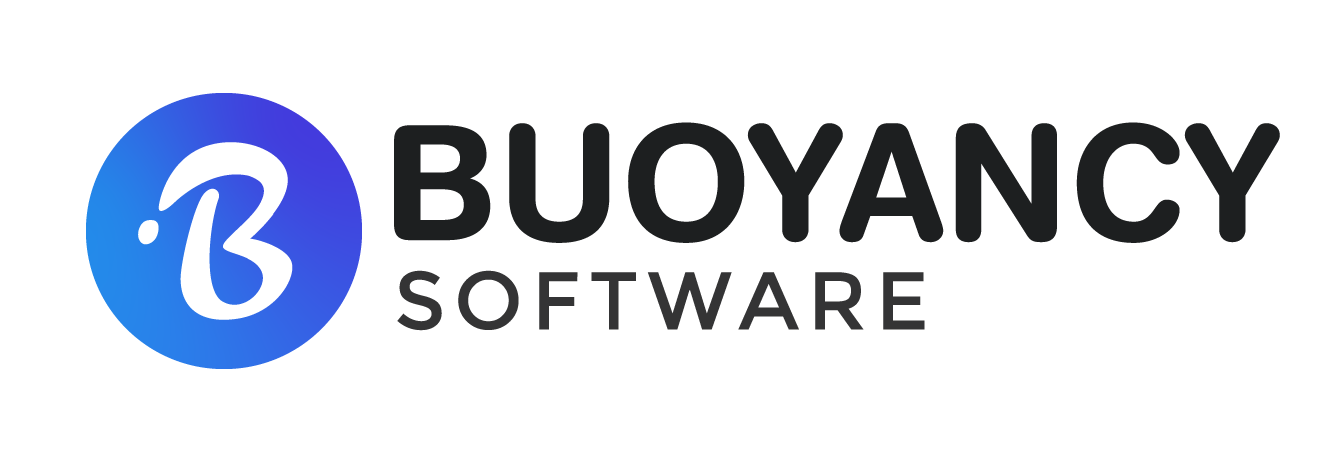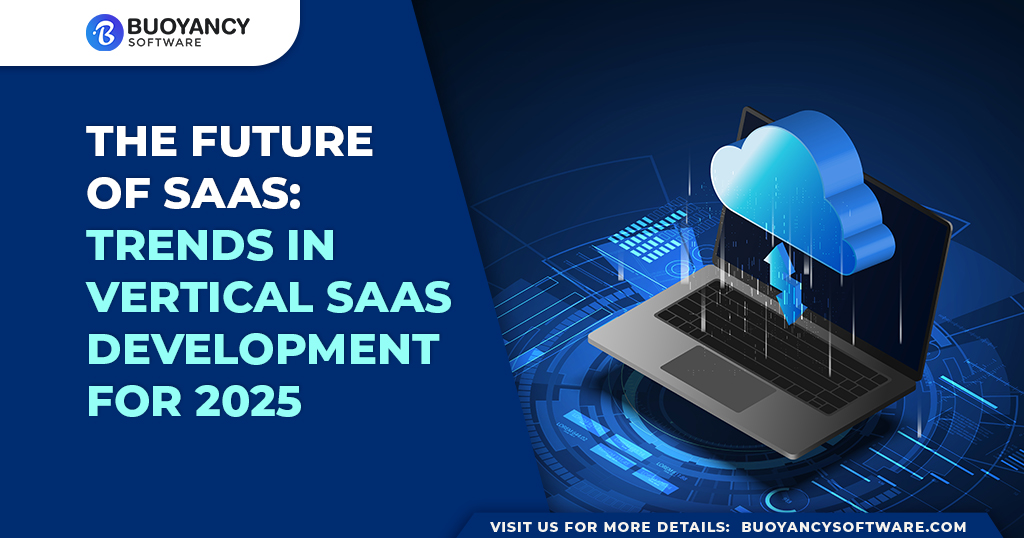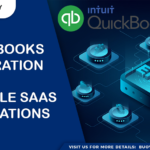The Future of SaaS: Trends in Vertical SaaS Development for 2025
The software industry is evolving rapidly, and one of the biggest shifts is the rise of Vertical SaaS—industry-specific cloud solutions tailored to niche markets. Unlike Horizontal SaaS, which serves a broad audience with general-purpose applications, Vertical SaaS focuses on the unique needs of specific industries like healthcare, logistics, and retail.
As we approach 2025, businesses are increasingly turning to these specialized solutions to boost efficiency, improve compliance, and gain deeper insights. Let’s explore the top trends shaping Vertical SaaS development in the coming years.
What is Vertical SaaS and Why is it Growing?
Understanding Vertical SaaS
Vertical SaaS is designed for specific industries, providing customized features that address industry challenges. While horizontal SaaS platforms offer flexibility, they often require heavy customization to fit different businesses. In contrast, Vertical SaaS is built with industry-specific workflows in mind, making it more effective from the start.
Key benefits of Vertical SaaS:
- Industry-Specific Features: Built to solve challenges unique to each industry.
- Advanced Data Insights: Provides deep analytics tailored to sector-specific metrics.
- Regulatory Compliance: Helps businesses meet industry standards with built-in compliance tools.
- Better ROI: More efficient and cost-effective than customizing a generic SaaS solution.
Why Businesses Are Adopting Vertical SaaS
The demand for personalized software is rising as companies look for solutions that fit their exact needs. According to industry reports, Vertical SaaS adoption is accelerating due to:
- The need for tailored solutions that improve efficiency.
- A shift towards data-driven decision-making with AI-powered analytics.
- Increased focus on seamless integrations with existing business tools.
Top Trends in Vertical SaaS Development for 2025
1. Hyper-Specialized Applications
Businesses no longer want one-size-fits-all software. Instead, they seek ultra-targeted SaaS solutions designed for niche industries.
For example:
- Healthcare SaaS is integrating AI for automated patient management and telehealth services.
- Logistics SaaS is enhancing supply chain tracking with predictive analytics.
- Retail SaaS is using customer behavior insights for personalized shopping experiences.
By 2025, we expect SaaS providers to refine their solutions further, catering to even smaller micro-niches within broader industries.
2. AI-Driven Automation and Predictive Analytics
Artificial Intelligence (AI) and Machine Learning (ML) are reshaping SaaS by providing businesses with real-time insights and automated decision-making.
- AI-driven chatbots and virtual assistants will enhance customer support.
- Predictive analytics will help businesses anticipate market trends and customer demands.
- AI-powered compliance monitoring will assist industries like finance and healthcare in meeting regulations effortlessly.
3. Seamless Integrations & API-First Approach
Companies want Vertical SaaS solutions that work effortlessly with their existing software stacks. The rise of API-first development ensures that SaaS platforms can integrate smoothly with CRMs, ERPs, and payment gateways.
- Businesses prefer plug-and-play integrations that reduce manual work.
- Cloud interoperability allows different SaaS platforms to share data securely.
- Marketplace ecosystems will expand, offering pre-built integrations for various industries.
4. Subscription-Based and Pay-As-You-Go Pricing Models
Many businesses prefer flexible pricing over high upfront costs. SaaS providers are shifting towards subscription models, making their solutions accessible to companies of all sizes.
- Usage-based pricing ensures customers pay only for what they use.
- Tiered plans allow businesses to scale their software needs without overpaying.
- Freemium models help startups and small businesses adopt SaaS without heavy investment.
5. Increased Focus on Cybersecurity & Compliance
With rising concerns about data security, Vertical SaaS providers must prioritize compliance with industry regulations such as HIPAA (Healthcare), GDPR (EU Privacy Laws), and PCI DSS (Payment Security).
- More built-in security features like encryption and multi-factor authentication.
- Automated compliance tools that keep businesses updated with regulatory changes.
- Cloud security advancements to protect sensitive data from cyber threats.
FAQs
Q: How does Vertical SaaS differ from traditional SaaS?
A: Vertical SaaS focuses on industry-specific needs, while traditional SaaS offers general solutions applicable across multiple industries.
Q: What industries benefit the most from Vertical SaaS?
A: Healthcare, finance, logistics, retail, manufacturing, and education are among the top industries seeing major transformations.
Conclusion
The future of SaaS lies in specialization and innovation. As Vertical SaaS adoption grows in 2025, businesses that invest in tailored, AI-driven, and secure SaaS solutions will gain a significant competitive edge.
For companies looking to leverage custom SaaS development, partnering with experts like Buoyancy Software can ensure success. Get in touch with us today to explore how industry-specific SaaS solutions can transform your business!



